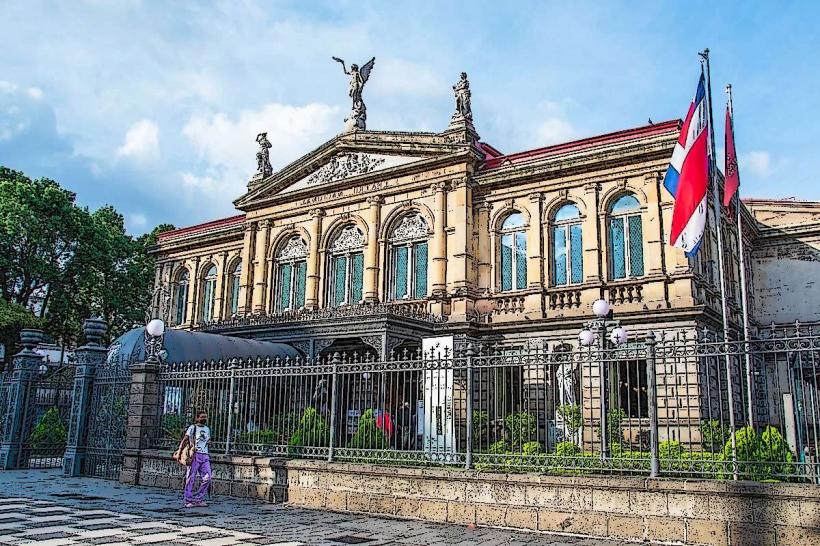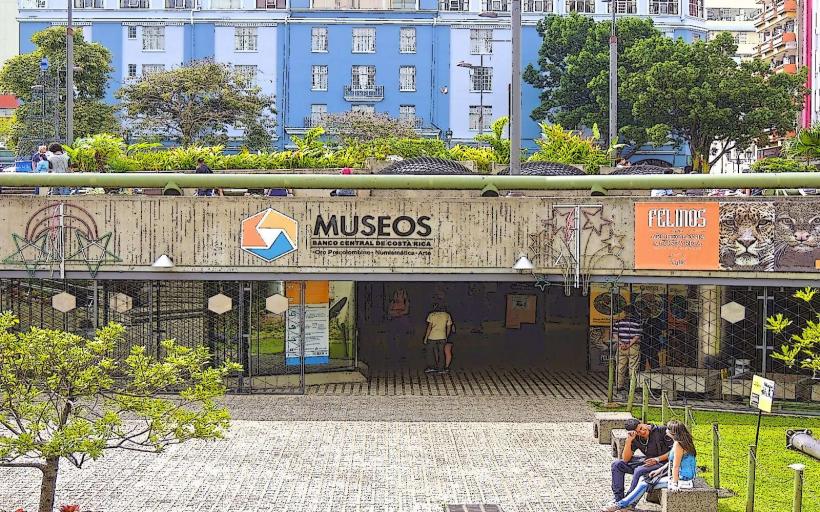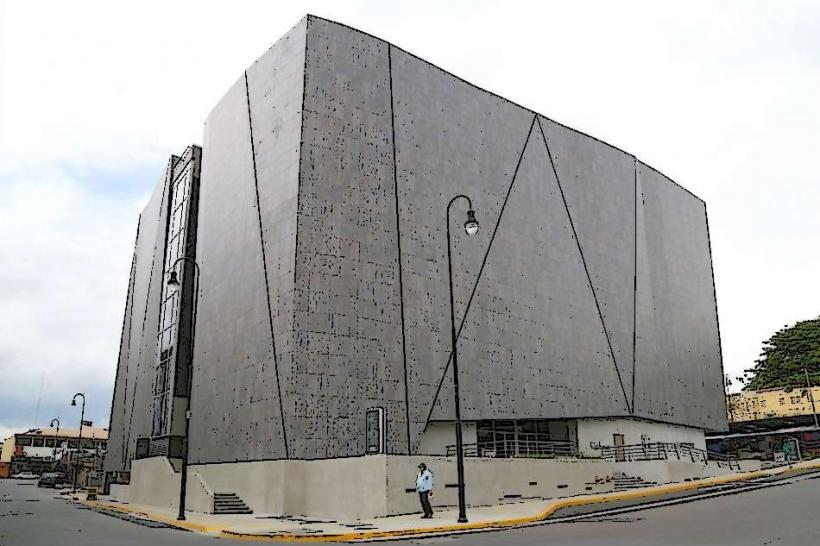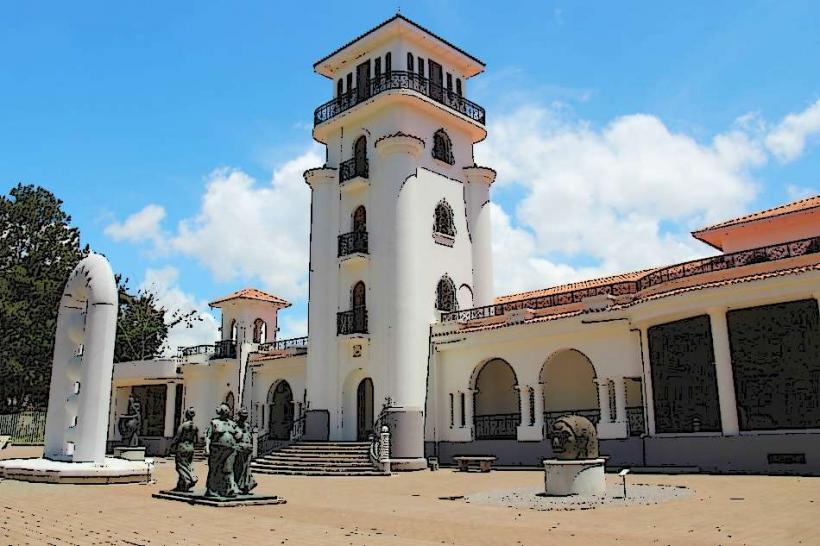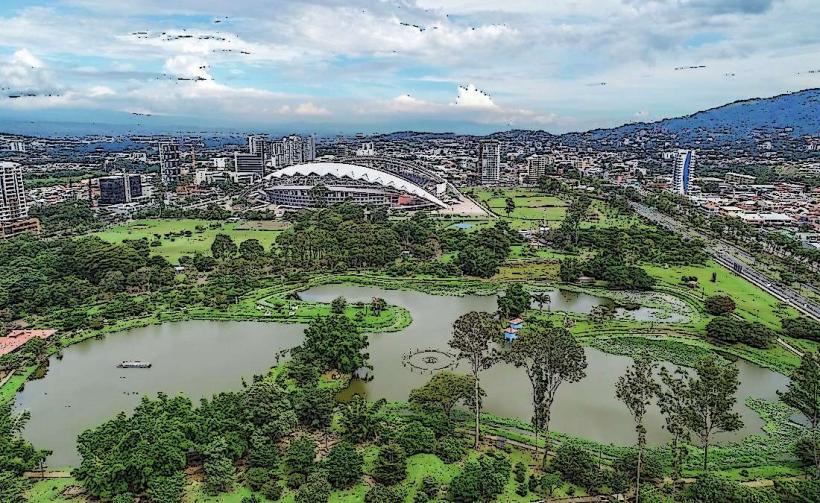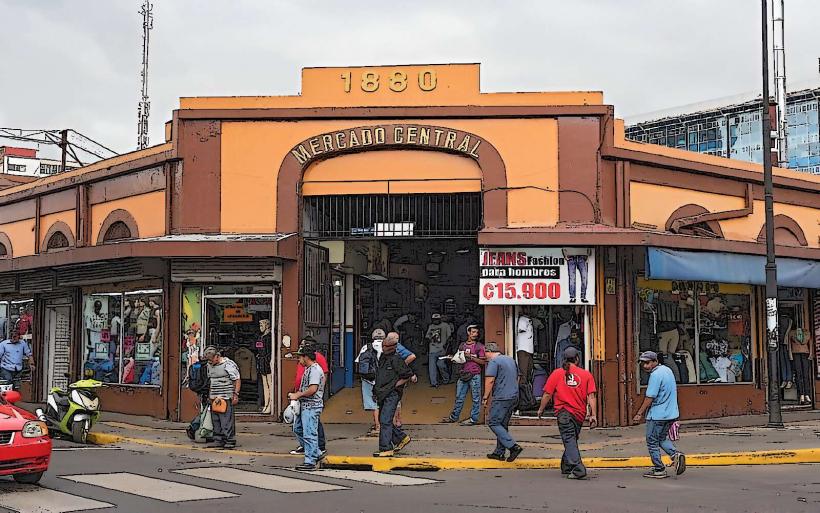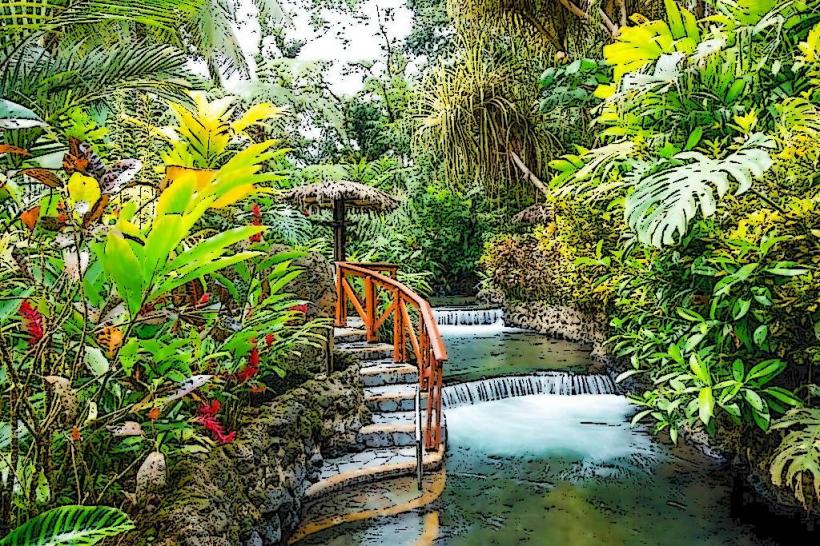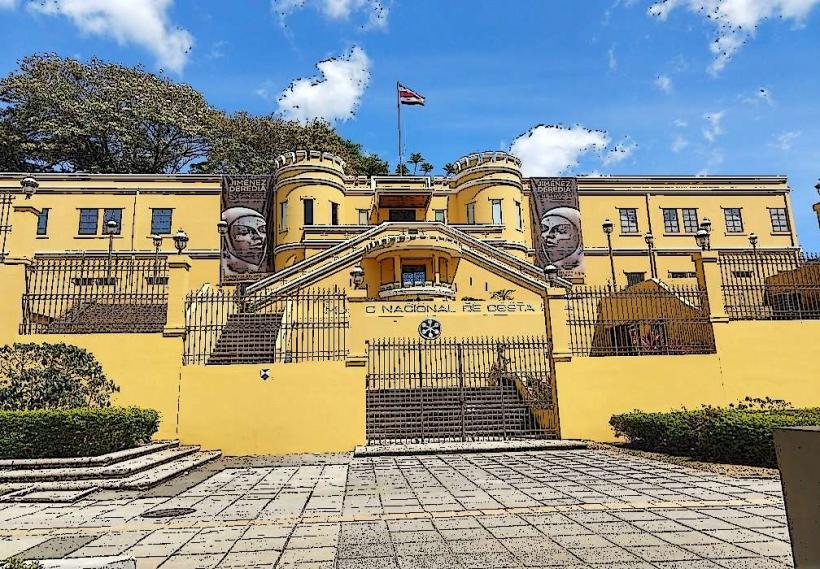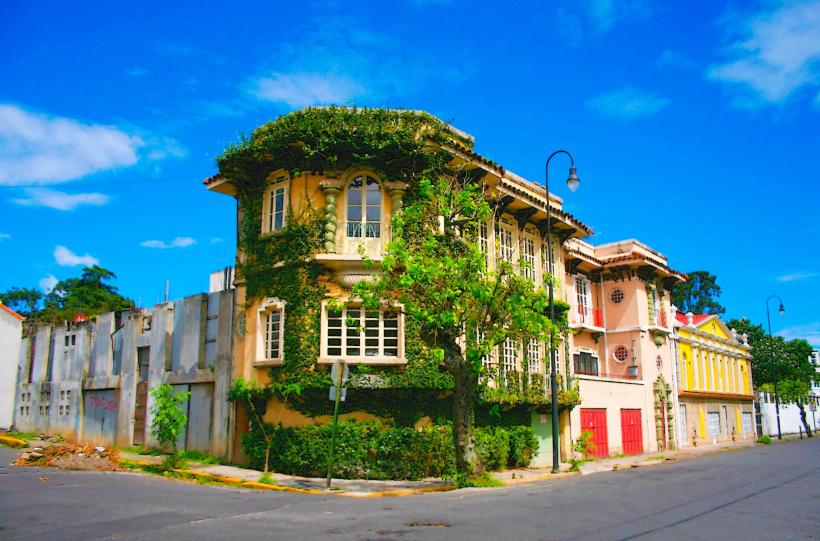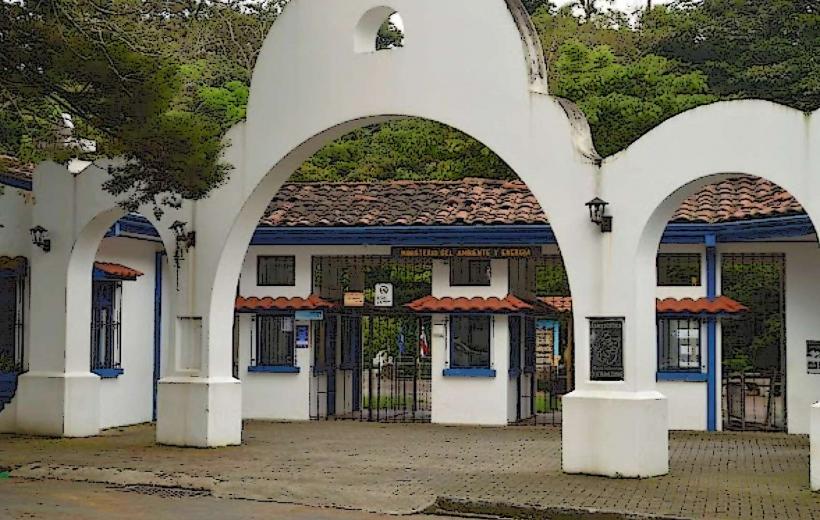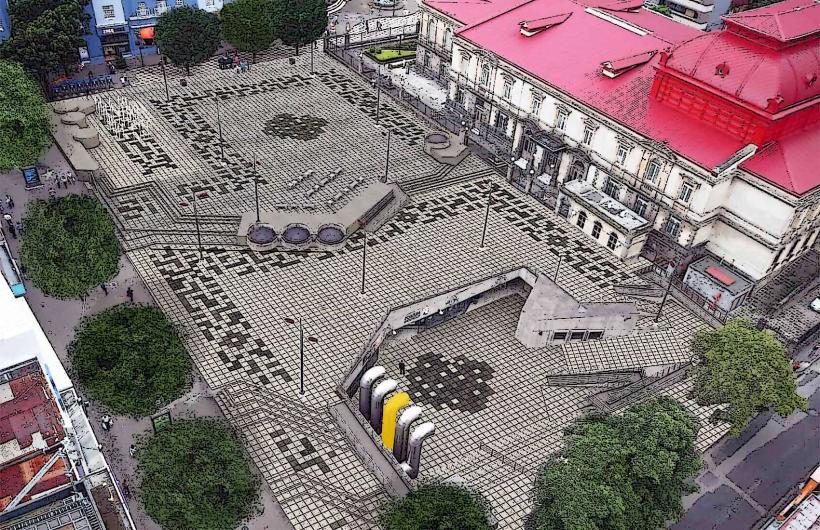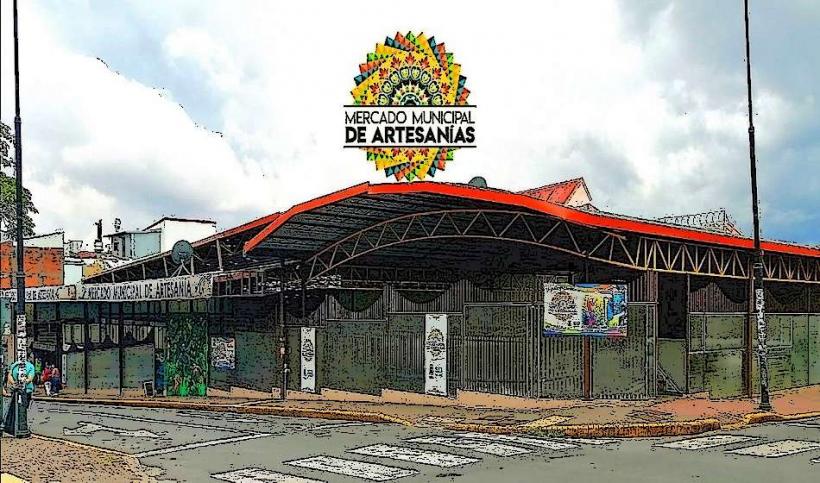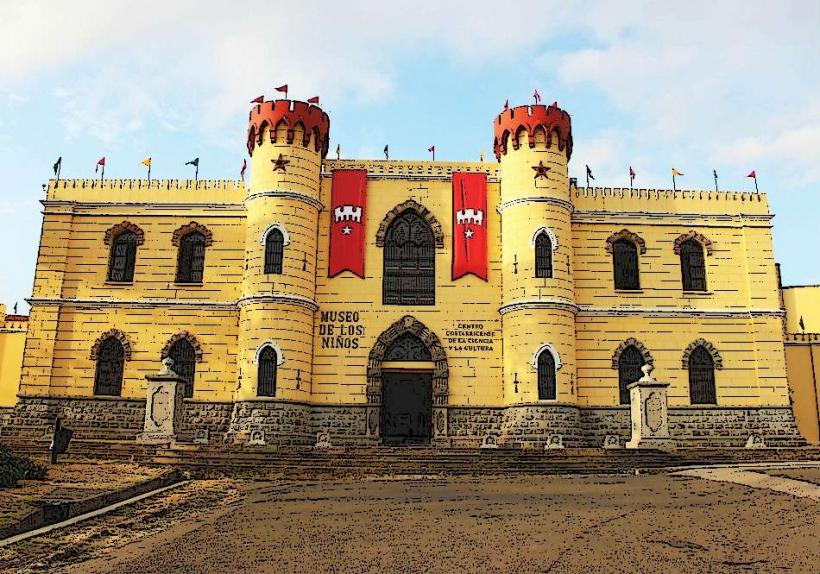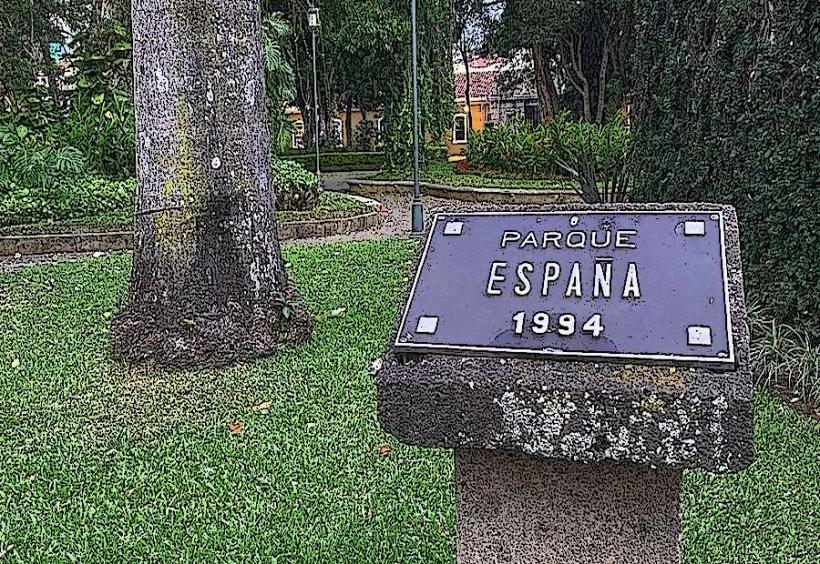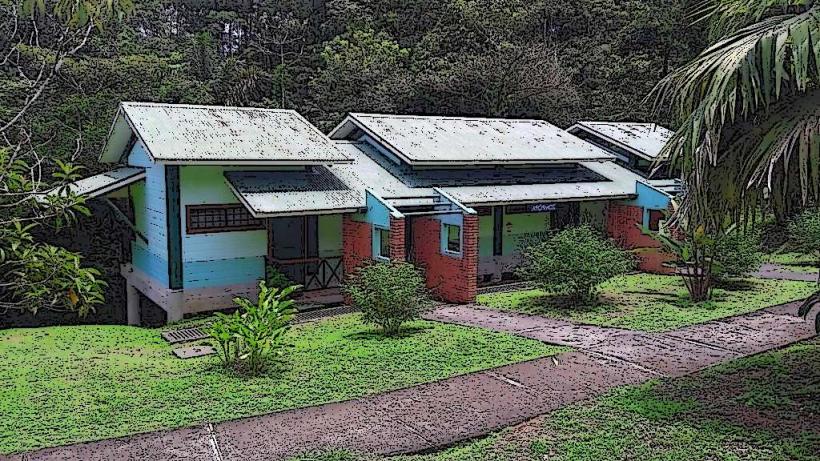Information
Landmark: Poás VolcanoCity: San Jose
Country: Costa Rica
Continent: North America
Poás Volcano is one of Costa Rica’s most active and accessible volcanoes, located in the Central Valley of the country. It is known for its massive crater, geothermal activity, and scenic beauty, making it one of the most popular volcanoes in Costa Rica for tourists. The volcano is situated within the Poás Volcano National Park, a protected area that offers a variety of geological, ecological, and recreational experiences.
Geography and Location
- Location: Poás Volcano is located about 40 kilometers (25 miles) north of San José, the capital of Costa Rica. The nearest town is Alajuela, and the volcano is easily accessible from the Central Valley region.
- Elevation: The volcano stands at 2,708 meters (8,885 feet) above sea level, making it one of the taller volcanoes in Costa Rica, but not the highest.
- Topography: The volcano has a large, active crater and a broad summit with rich geothermal activity. The landscape surrounding the volcano is lush and filled with cloud forests, rainforests, and coffee plantations.
Poás Volcano
- Active Volcano: Poás is an active stratovolcano, though its eruptions are typically less violent compared to some other active volcanoes in Costa Rica. The volcano’s eruptions are characterized by gas emissions, steam vents, and occasional explosions, but it has not had a major eruption in recent years.
- Crater: The main feature of Poás is its massive crater, which measures about 1.5 kilometers (0.9 miles) in diameter. The crater is filled with a lake of sulfuric acid, which gives it an eerie, otherworldly appearance. The lake is one of the largest acidic craters in the world.
- Geothermal Activity: The Poás Volcano is known for its geothermal features, including fumaroles (steam vents) and mud pots around the crater. These features make the volcano an excellent destination for those interested in geology and volcanology.
- Recent Activity: Poás has had several small eruptions in the past decades, with the most significant being the 2017 eruption, which resulted in the closure of the park for a period. Since then, the volcano has had periodic eruptions of gas and steam, and there is often a strong sulfuric odor near the crater.
Ecological Significance
The Poás Volcano National Park is an ecological hotspot, home to a range of different ecosystems that vary based on altitude and climate. The park features cloud forests, rainforests, and highland ecosystems, providing rich habitats for wildlife.
Flora:
- The vegetation in the park is diverse, ranging from cloud forest at higher elevations to rainforest at lower elevations. At the top of the volcano, the vegetation consists of highland grasses, shrubs, and dwarf trees.
- As you descend, the forest transitions to tropical trees, including oak, cedar, cypress, and epiphytes like bromeliads and orchids. The lower slopes of the volcano have dense vegetation, especially cloud forests that are rich in mosses and ferns.
- The region around Poás is also known for its coffee plantations, with arabica coffee being grown in the fertile volcanic soils.
Fauna:
- Poás Volcano is home to a variety of wildlife, especially bird species, making it a popular destination for birdwatching:
- Birds: The area is home to many bird species, including Resplendent Quetzals, black guans, mountain toucans, and hummingbirds. The volcano is part of a significant bird migration corridor.
- Mammals: While mammals are less visible, the park is home to animals like white-faced capuchin monkeys, howler monkeys, and coatis. Pumas and jaguars are also found in the surrounding forests, although they are rarely seen by visitors.
- Reptiles and Amphibians: The park is home to various species of frogs, lizards, and snakes.
Insects:
- The cloud forests around Poás are rich in insect life, including butterflies, beetles, and fireflies. Moths and dragonflies are commonly seen in the higher altitudes of the park.
Activities in Poás Volcano National Park
Visit the Crater:
- The most popular activity at Poás is to visit the main crater and view the sulfuric acid lake. The crater observation deck provides panoramic views of the volcano and the surrounding landscape. Visitors can witness the geothermal activity, including fumaroles and the sulfuric lake, and may hear occasional rumblings from the volcano.
- The lake is a striking feature, with its deep green-blue color caused by the high sulfur content. While the lake is beautiful, it is hazardous to the ecosystem, as the sulfuric nature makes it unsuitable for most forms of life.
Hiking Trails:
- Main Trail to the Crater: This easy 1-kilometer (0.6-mile) trail leads from the visitor center to the crater observation deck. It is suitable for most visitors and takes about 20-30 minutes to complete.
- Laguna Botos Trail: This 2-kilometer (1.2-mile) trail leads to another crater lake called Laguna Botos, located at a higher elevation. This trail provides a more secluded experience compared to the main crater, offering views of the cloud forest and a peaceful atmosphere.
- Other Trails: There are several other shorter trails through the forest surrounding the park, perfect for birdwatching and exploring the diverse plant life.
Birdwatching:
- The Poás Volcano area is a fantastic destination for birdwatching, especially for those interested in highland species. The park is home to a wide variety of bird species, including the elusive Resplendent Quetzal. Guided birdwatching tours are available in the park, and visitors may see species like mountain robins, coppery-headed emerald hummingbirds, and black guans.
Coffee Tours:
- The region surrounding Poás is known for its coffee plantations, and visitors can take guided tours to learn about the coffee production process, from bean picking to roasting. These tours often include tastings of freshly brewed coffee, providing insight into the region’s rich agricultural heritage.
Photography and Scenic Views:
- The area around Poás Volcano offers dramatic landscapes, including panoramic views of the surrounding valleys, mountains, and forests. Photography enthusiasts can capture the beauty of the crater, the sulfuric lake, and the surrounding cloud forests, especially in the early morning when the light is ideal for shots.
Practical Information
Best Time to Visit:
- The best time to visit Poás Volcano is during the dry season from November to April. The weather is clearer, with less cloud cover, making it easier to see the crater and surrounding landscape.
- Rainy season (May to October) brings more cloud cover, which can obscure views of the crater, but the park is still open, and the surrounding vegetation is lush and vibrant.
Access:
- The Poás Volcano National Park is easily accessible from San José and Alajuela, with a drive time of about 1.5 to 2 hours. The park is located on the Route 126.
- The park is open from 8:00 AM to 3:30 PM, but the crater viewing area is often subject to closure due to increased volcanic activity. Visitors should check the status of the park and volcano before traveling.
Entry Fees:
- There is an entrance fee to Poás Volcano National Park, which helps with conservation and park maintenance. Prices may vary for residents, nationals, and foreigners, with discounts for students and children.
- It’s also recommended to book tickets in advance during the high season (December to April) to ensure entry, as the park has limited capacity.
What to Bring:
- Sturdy footwear for hiking.
- Weather-appropriate clothing for cooler temperatures at the crater, especially in the mornings.
- Rain gear during the rainy season.
- Camera for capturing the stunning views.
- Sunscreen and insect repellent.
Conclusion
Poás Volcano is a must-visit destination for nature lovers, adventurers, and anyone interested in Costa Rica’s natural beauty and geology. The park offers a wide range of activities, from hiking and birdwatching to visiting one of the largest active volcanic craters in the world. With its unique geothermal features, lush forests, and diverse wildlife, Poás Volcano National Park remains a top attraction in Costa Rica.

